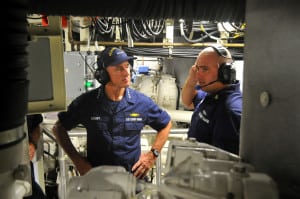
The heavy polar icebreaker program is the Coast Guard’s top unfunded priority in its FY ‘18t budget request and will top a list additional funding needs the service will soon submit to Congress in order to provide better clarity for the program going forward, Adm. Paul Zukunft, the service’s commandant, said on Wednesday.“We will make icebreakers our top priority to see what we can’t squeeze into [fiscal year] ‘18, just because of the uncertainty that we go into each fiscal…

 By
By 









